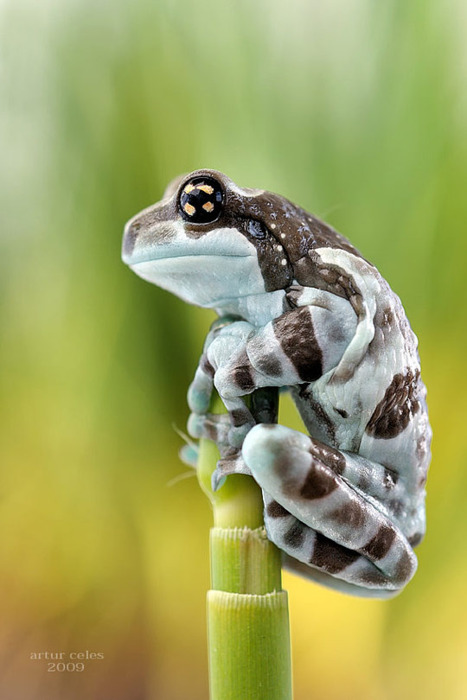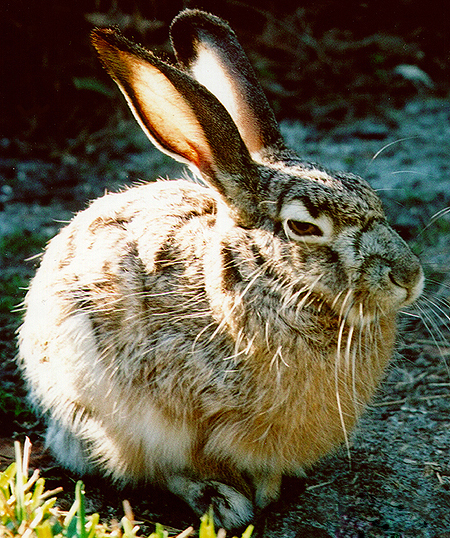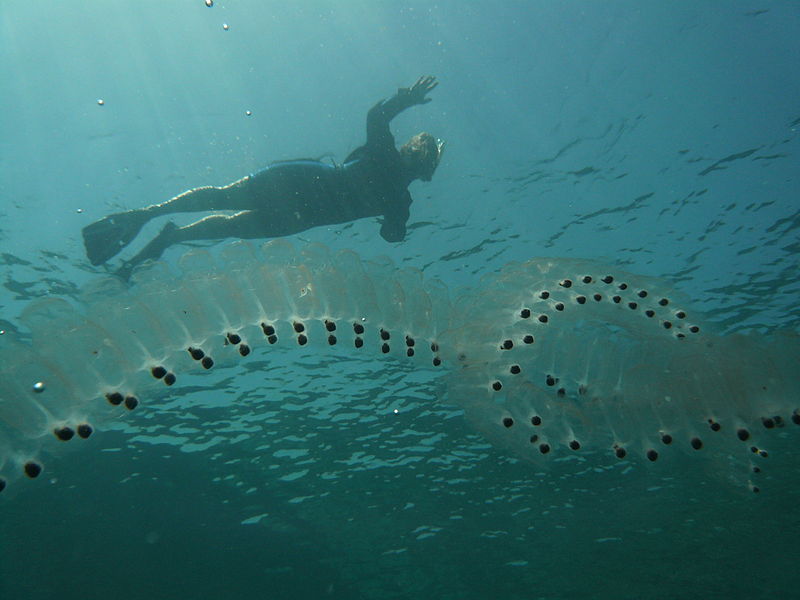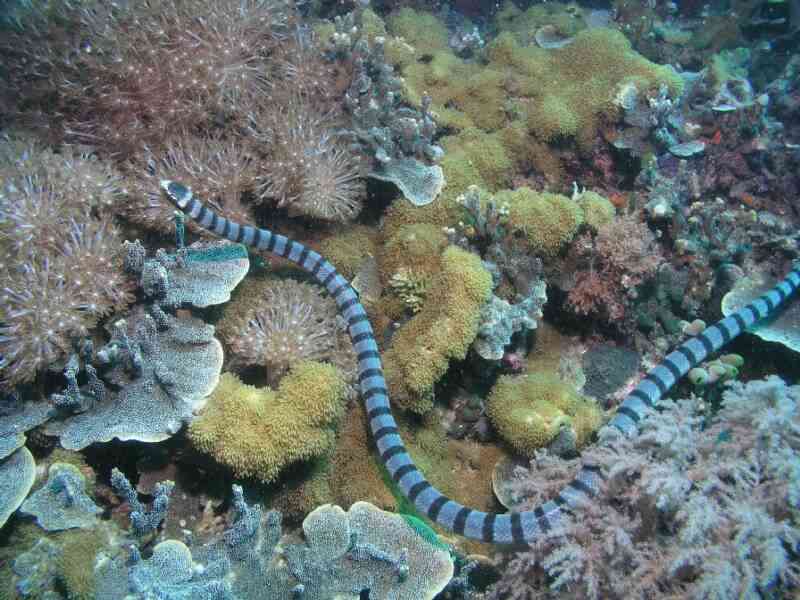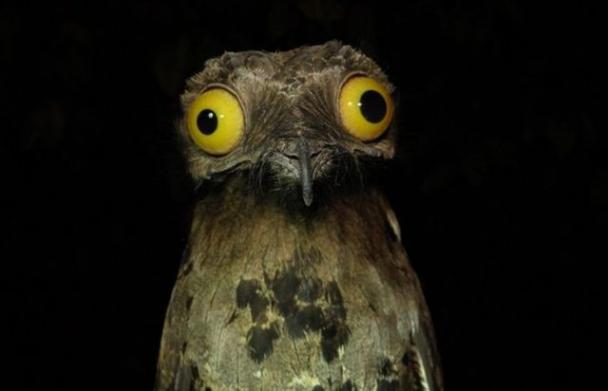
To end the week we are going to be hanging out with Royalty. Okay, so maybe they aren’t royalty amongst us humans but I bet the Royal Penguin is respected and loved among their penguin comrades. Actually, have you ever noticed that there are a lot of “Royalty” like penguins? Look, we have the Royal Penguin, the King Penguin and of course the Emperor Penguin. Those must be the most powerful and dominant birds species on our planet. In order to observe the latest Royal member of Wild Facts, we will need to take a trip to Antarctica. Don’t worry, I hear it is nice this time of year.
Well, I have my parka on and I am eager to start learning a little more about the Royal Penguin so let’s get to it. First of all we have to be careful not to confuse it with the similar Macaroni Penguin (talk about getting the short end of the stick – two similar penguins and one gets called “Royal” while you are referred to as “Macaroni”… ouch). There is still some debate whether or not the Royal Penguin is just a sub-species of their Macaroni cousin or if they are a separate species. Either way, they are an interesting bird.
You may have noticed that the Royal Penguin has a beautiful yellow, orange and black crest extending from the back of their eye. Naturally this tells us that they are a member of the Crested Penguin group. In fact, they just happen to be the largest crested Penguin out there. Maybe this is why they are referred to as being Royal.
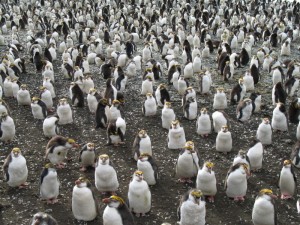
Like other seabirds, the Royal Penguin is colonial and tends to nest on the beach or on cleared areas. The female of this penguin species will generally lay two eggs, however, it seems as though the first egg is just for practice. Typically, the second laid egg will be larger and will hatch before or at the same time as the first laid egg. It is usually the second egg that survives and in some cases the adult penguins will throw the first egg out of the nest before it hatches. It must be tough being the black sheep of the family and you aren’t even born yet. I would think this is survival technique as there is not much point in wasting energy and time incubating an egg that probably won’t survive in the real world. Natural selection can be a very cruel process, can’t it?
How about that, we are at the end of another Friday Wild Fact. Thanks for spending the week with me but I will let you go and enjoy the weekend on your own now. Have a good one!

